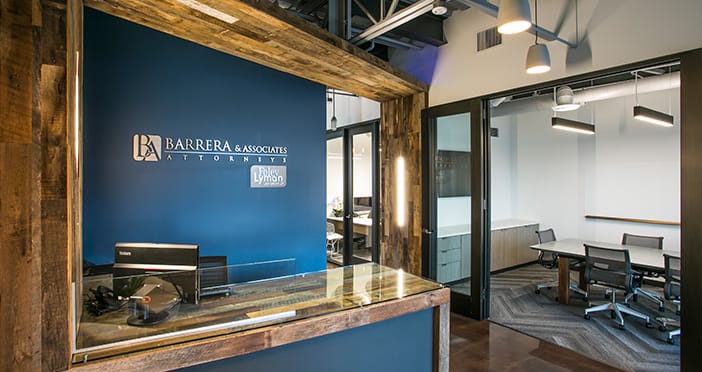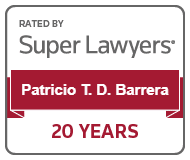Recent case highlights constructive discharge

Race discrimination and harassment in the workplace is common. A case in point has been highlighted in the media in recent weeks.
In some instances, employees endure such severe discrimination and harassment in the workplace that they have no other choice but to resign. This exact instance occurred in a case that has gained widespread media attention in recent weeks.
Workplace harassment: the case
The case involves several hispanic and black employees who worked at various hotels all owned by the same owner. Over a 6 week period, the employees were subjected to workplace discrimination and harassment. All but one resigned after such time.
The employees maintain that they were forbidden from speaking Spanish anywhere on the premises while working. Some report being forced to park in the “far perimeter of the front parking lot” away from the public. Others say they were transferred to other non-public facing jobs at the establishments because of their accents.
The lawsuit was filed by the Equal Opportunity Employment Commission, a federal agency tasked with enforcing laws in the workplace known as the EEOC, on behalf of the employees and is presently pending in federal court.
Prohibition against workplace discrimination
Sadly, such conduct occurs all too often. Employees all over the country face discrimination and harassment in the workplace every day. Fortunately, many federal laws like Title VII of the Civil Rights Act prohibit both discrimination and harassment in the workplace on the basis of factors like race. Employers found skirting such laws will face repercussions. And many will face additional action if constructive discharge occurs.
Understanding constructive discharge from hostile work environments
Constructive discharge happens when an employee is forced to resign from his or her job because they are subjected to a hostile work environment. The hostility can come from the employee’s direct supervisor, a co-worker, or even a non-employee, depending on the workplace environment.
It’s important to note that there are no set behaviors that classify as hostile work environment; every situation is different. However, such behavior can and does come in the form of:
• Offensive jokes
• Name calling
• Threats
• Ridicule
• Insults
• Pictures
• Gestures
Are you in a hostile workplace environment?
The EEOC encourages employees who are working in hostile work environments to report the issue to management and their human resources department. If no action is taken or the information is ignored, employees should contact an employment law attorney immediately. A lawyer knowledgeable in this area of law can explain the law and legal options available as they pertain to individual circumstances.
Keywords: workplace harassment, race discrimination





